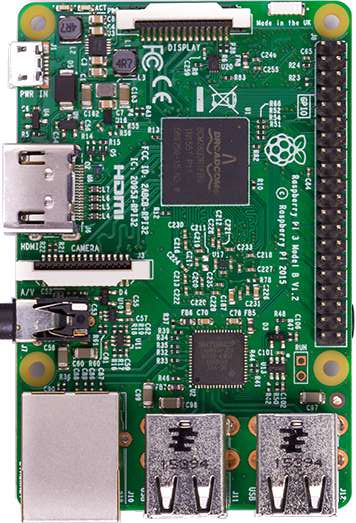GPIO
Generic digital input/output support

Overview
GPIO pins can be leveraged to use as a on/off signal for both input and output, and PWM. Uses include reading a button, a motion sensor, driving a LED or a buzzer.
Package gpio defines the interfaces.
GPIO registry
Package gpioreg permits enumerating all the available GPIO pins currently available.
On a Raspberry Pi 3, the following are synonyms, use the form you prefer:
- Runtime discovery:
gpioreg.ByName("11"): gpio numbergpioreg.ByName("GPIO11"): gpio name as defined per the bcm238x CPU drivergpioreg.ByName("P1_23"): board headerP1position23name as defined by the rpi board drivergpioreg.ByName("SPI0_CLK"): function clock on SPI bus 0
- Using global variables:
rpi.P1_23to select the pin via its position on the boardbcm283x.GPIO11for the pin as defined by the CPU
Pin registry
Package pinreg permits enumerating all the available pin headers. This includes non-GPIO pins like ground, 3.3V and 5V pins, etc.
Examples
- Toggle a LED
- Read button presses
- Detect motion via a PIR
- Make noise with a buzzer
 Edit this page
Edit this page